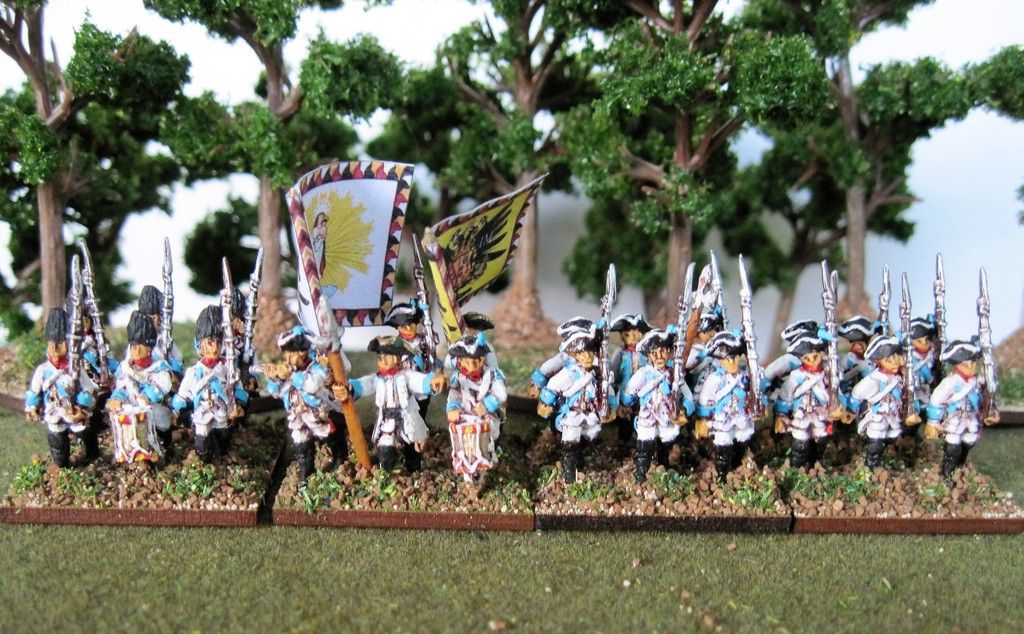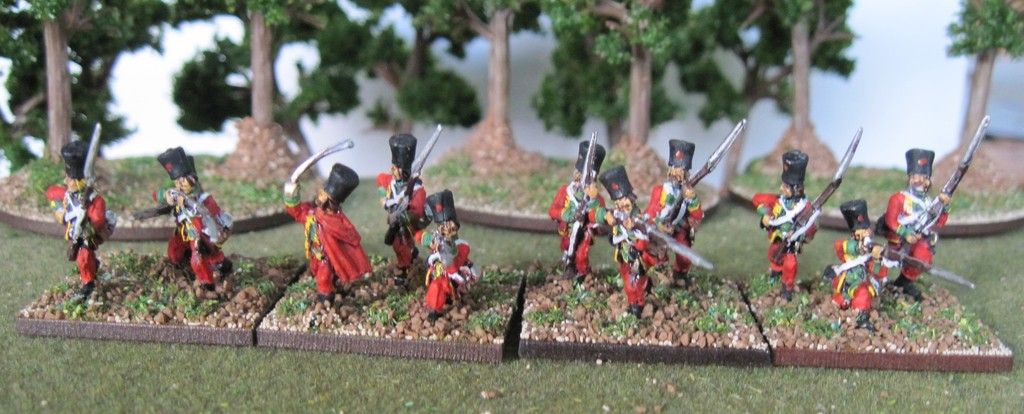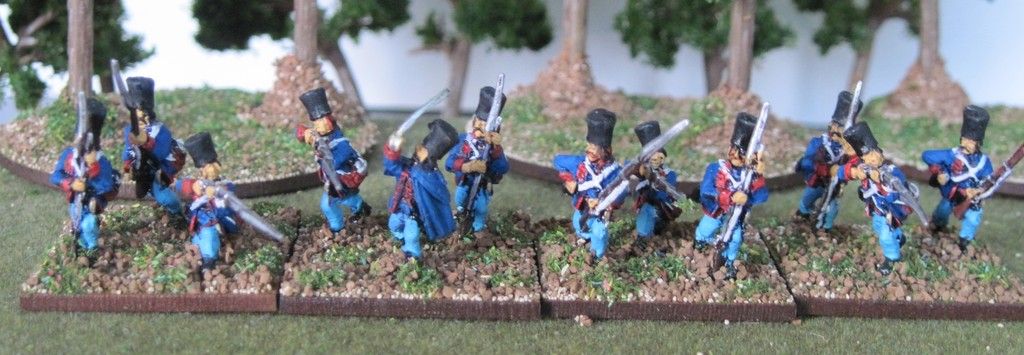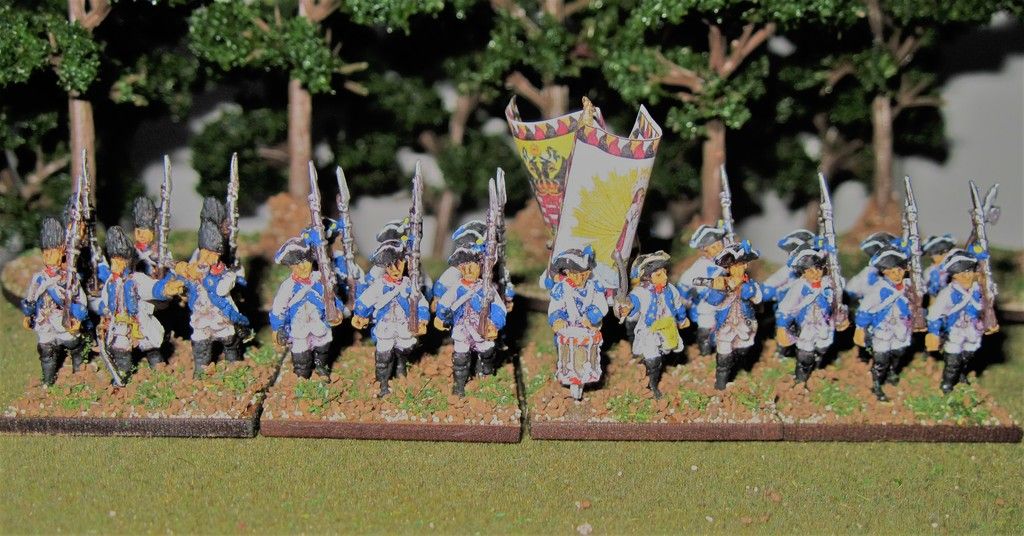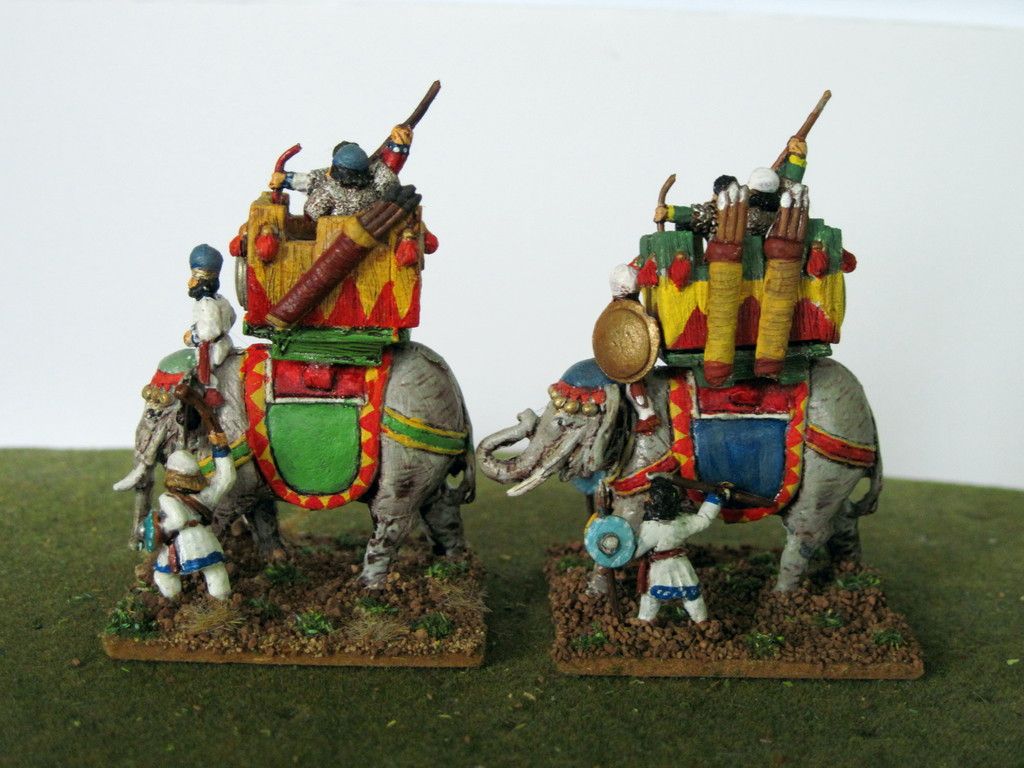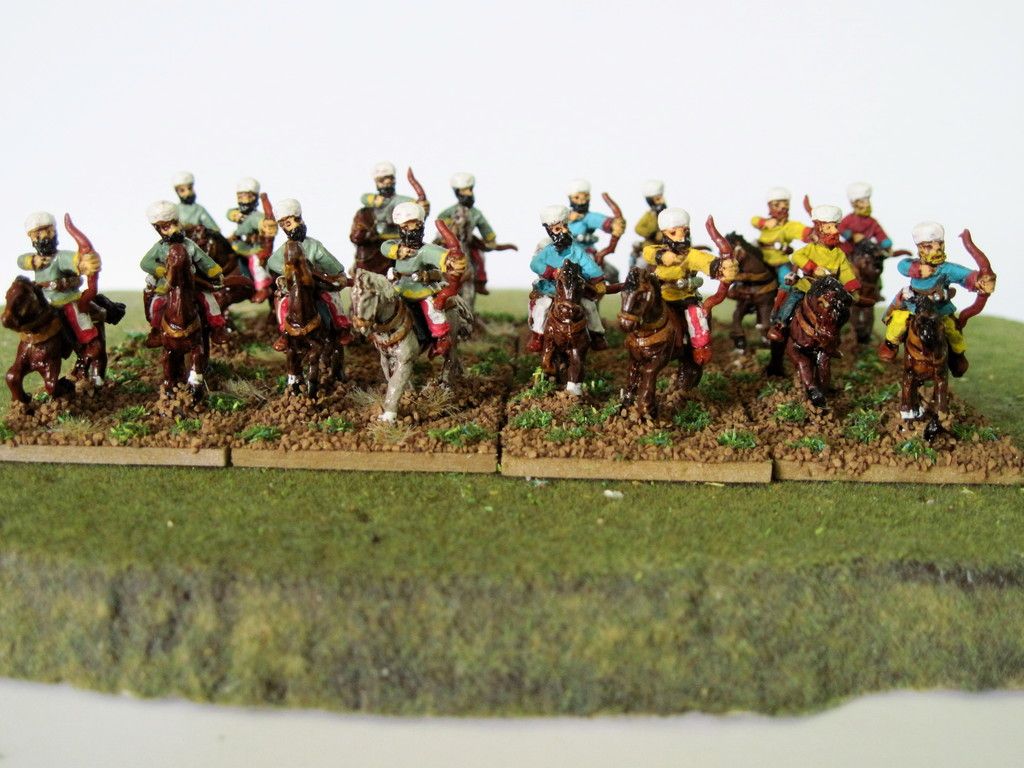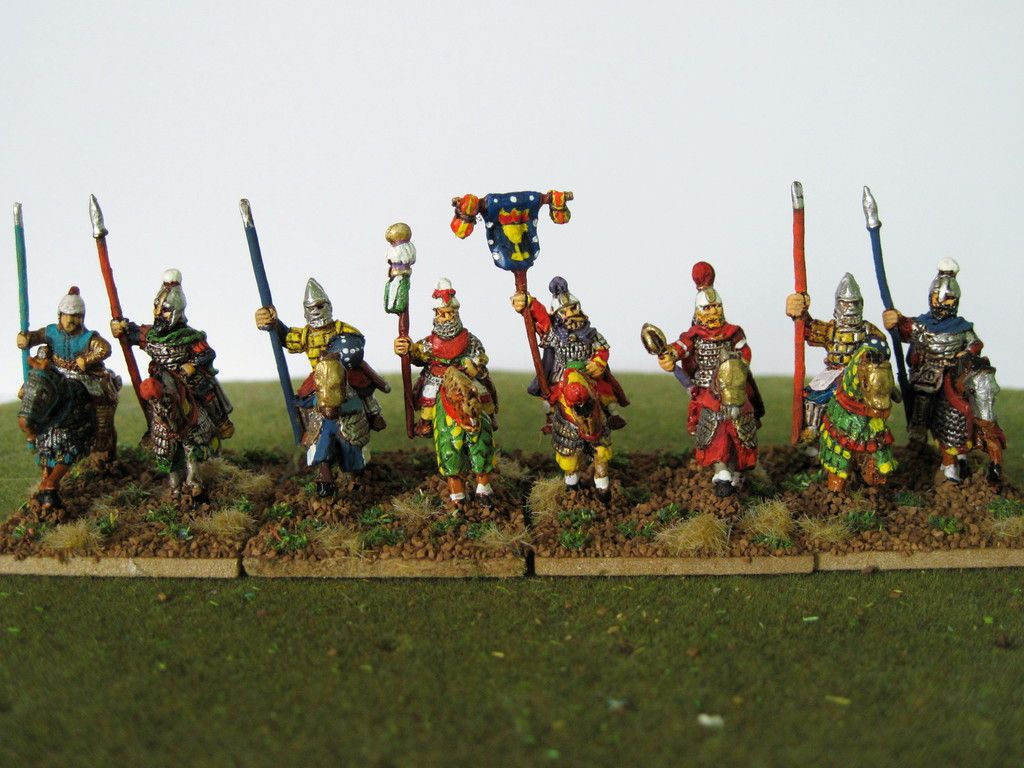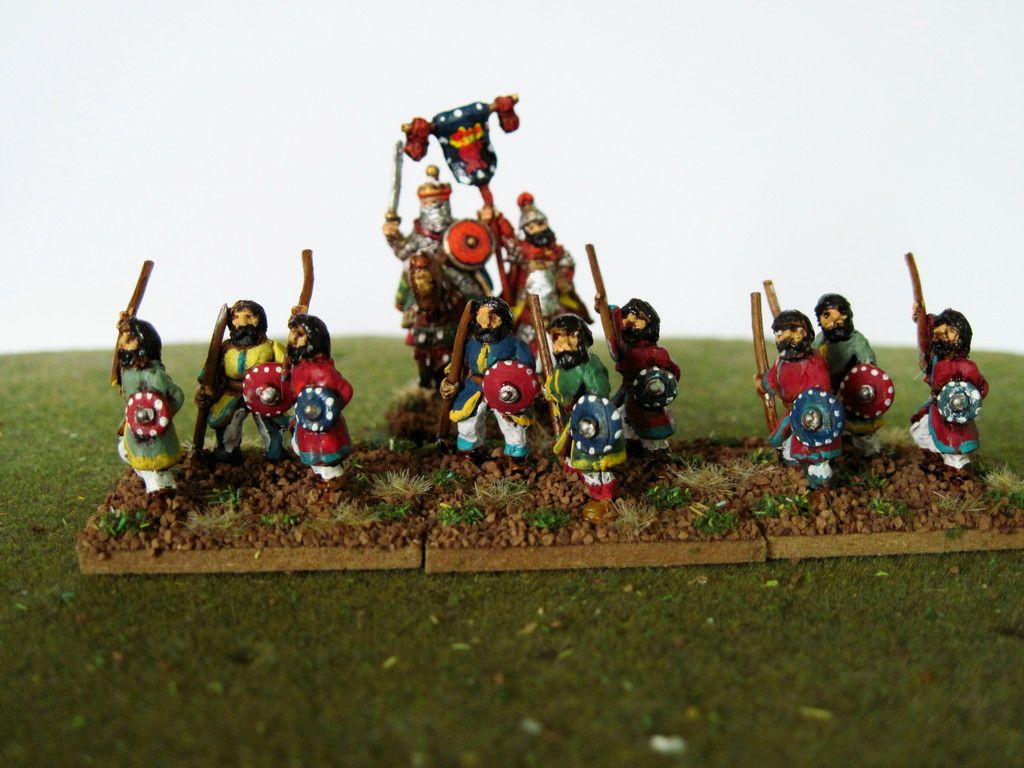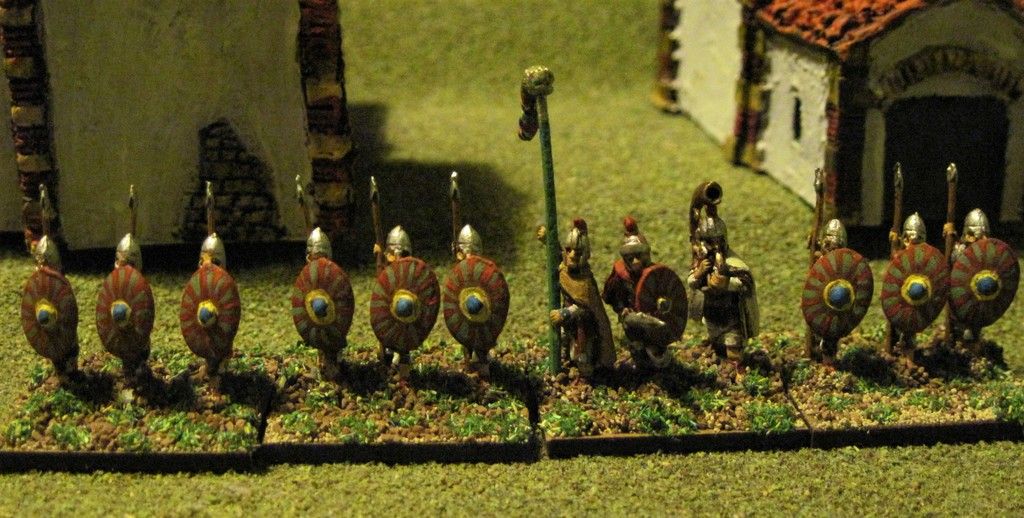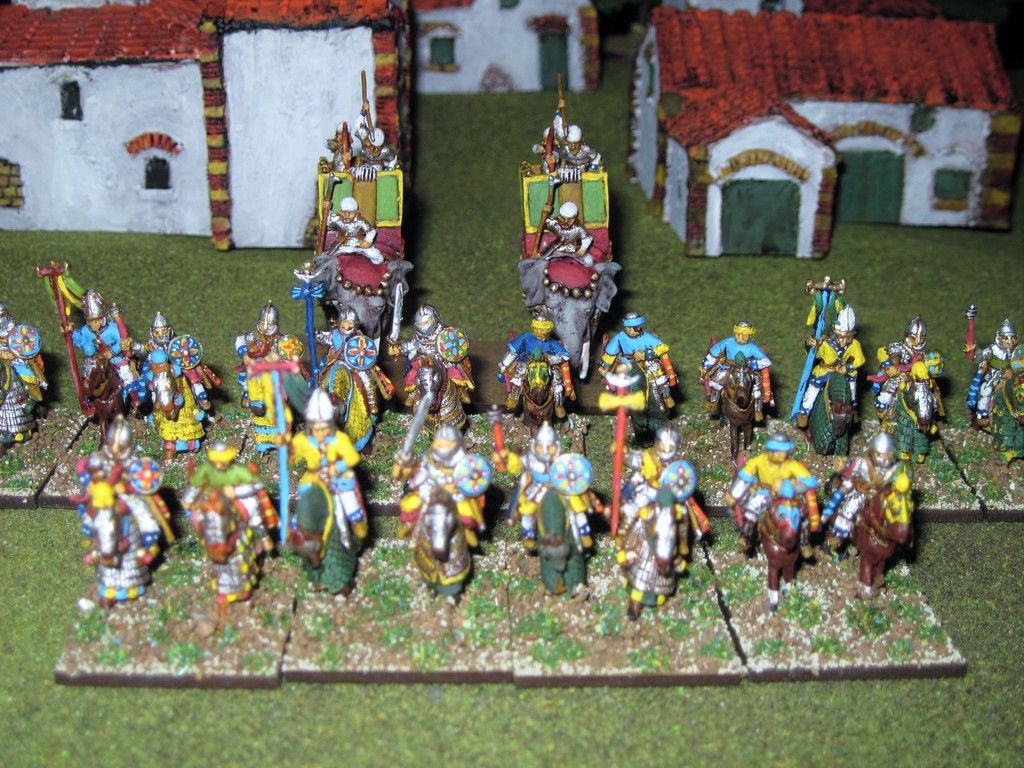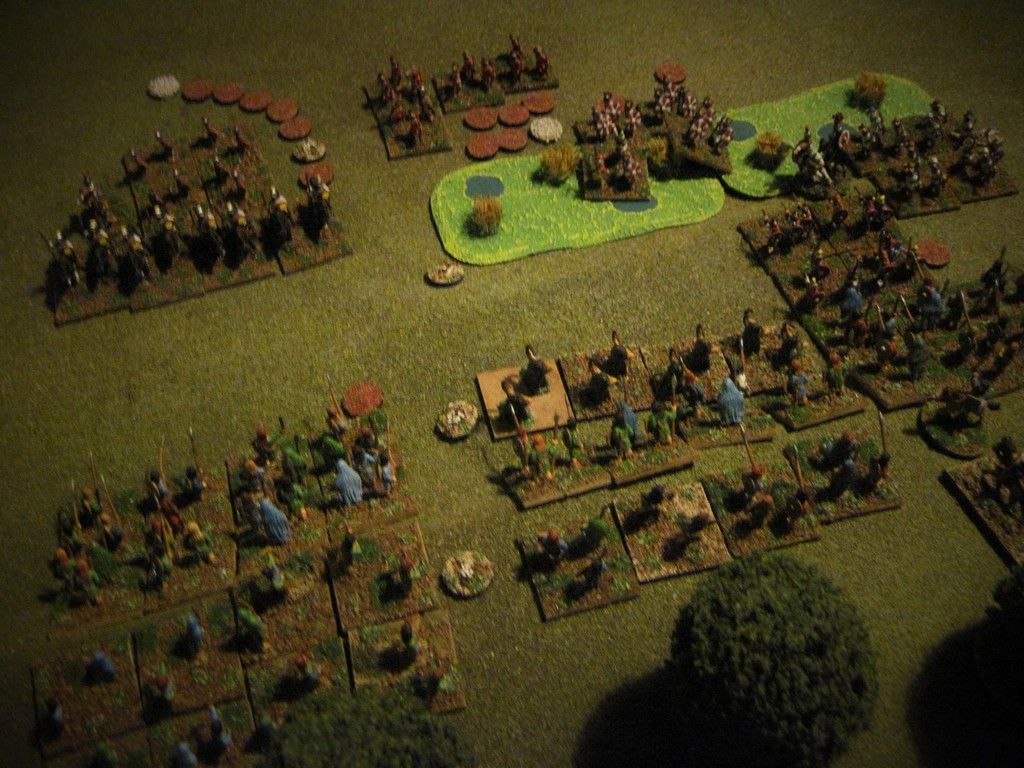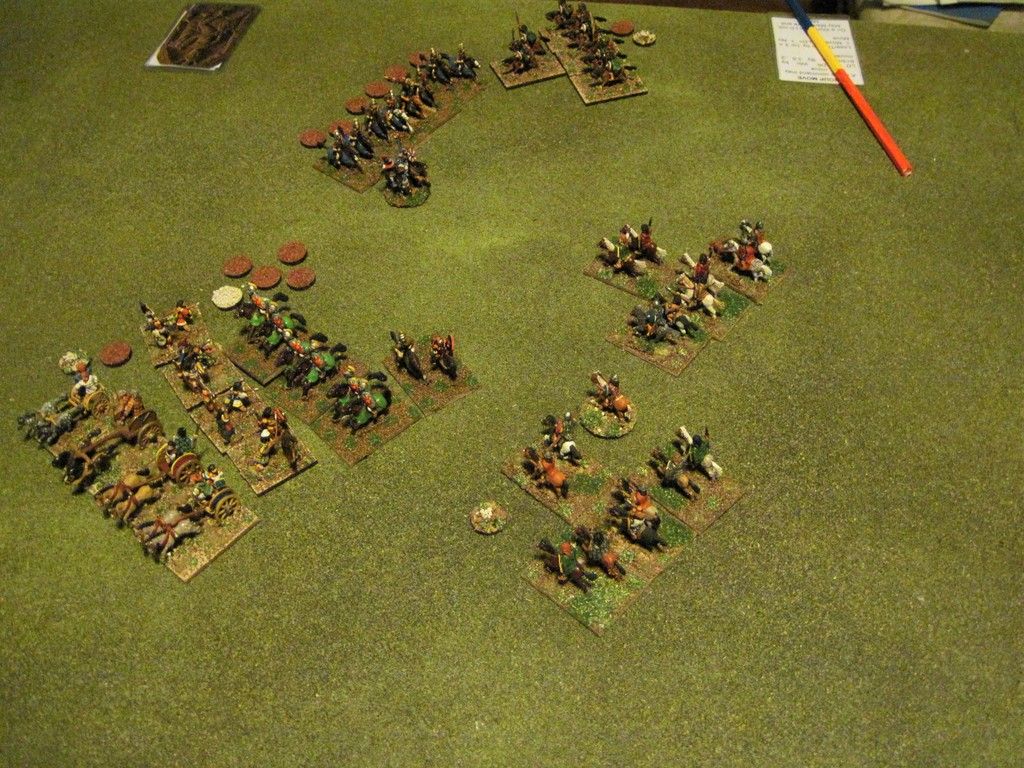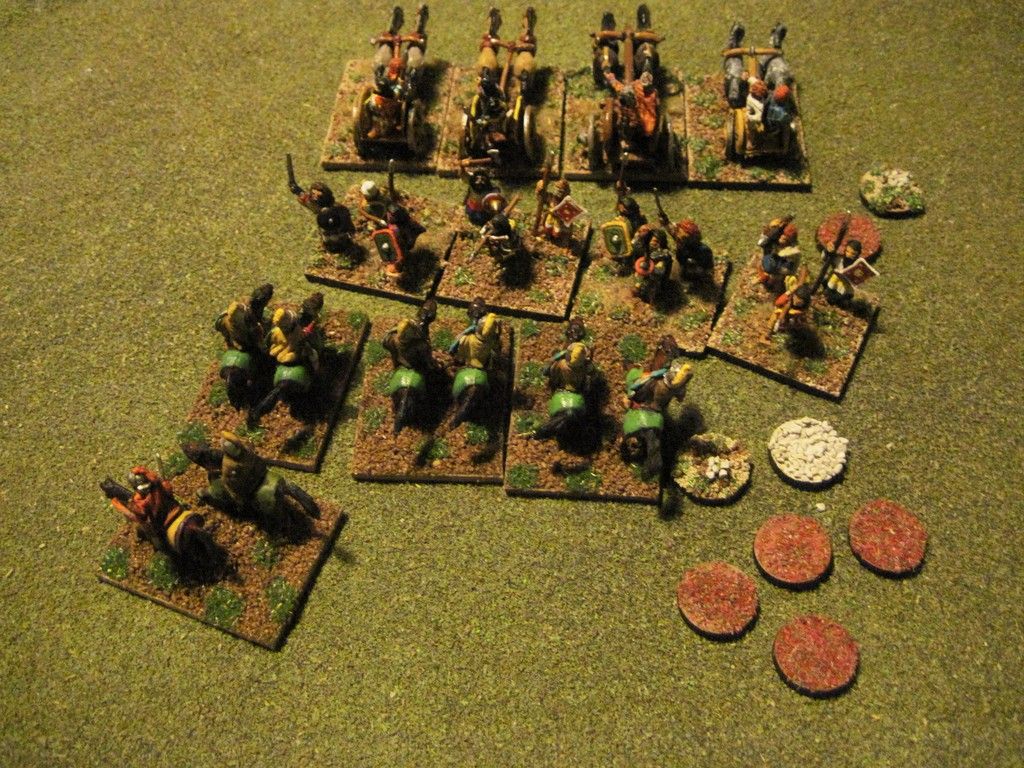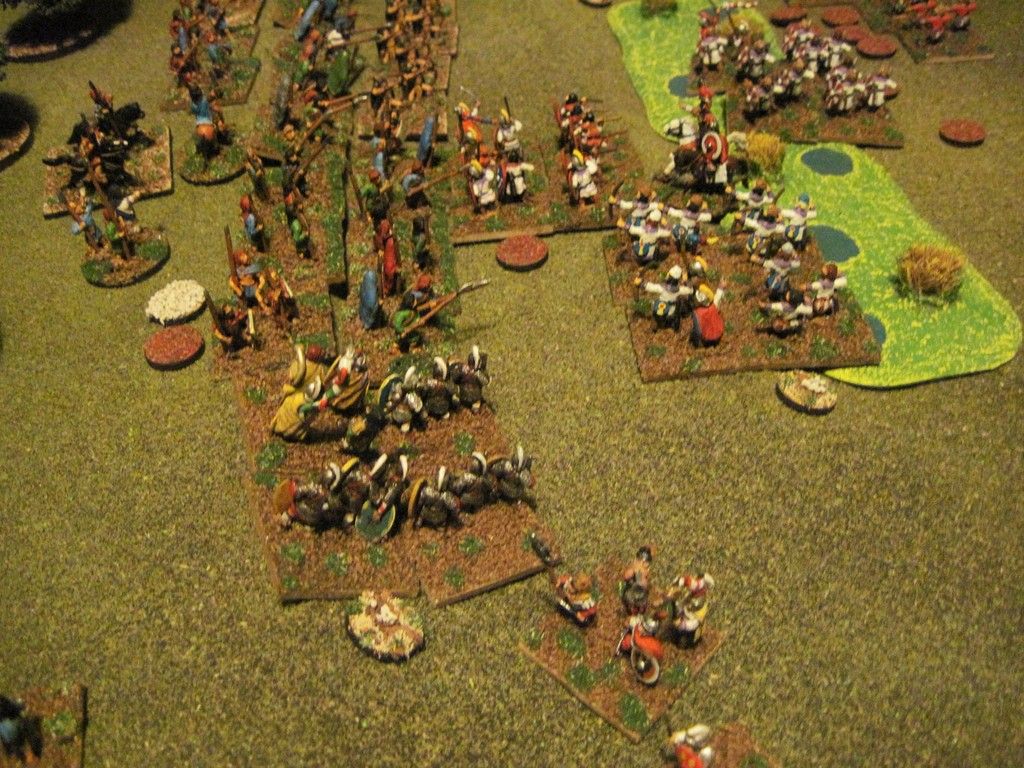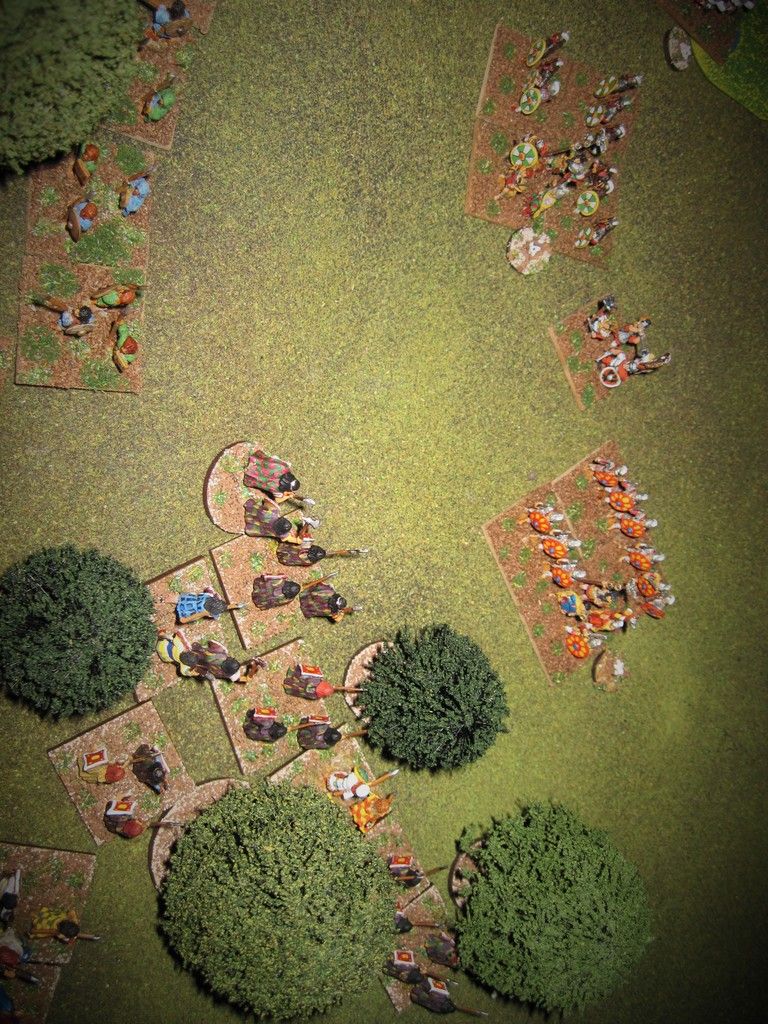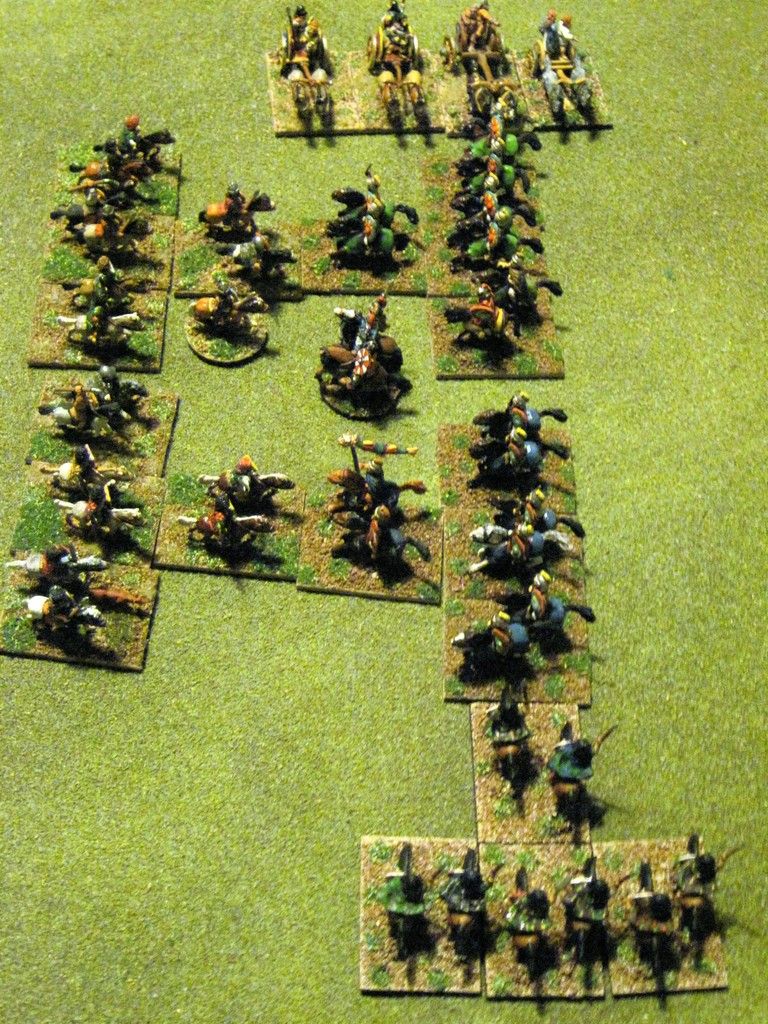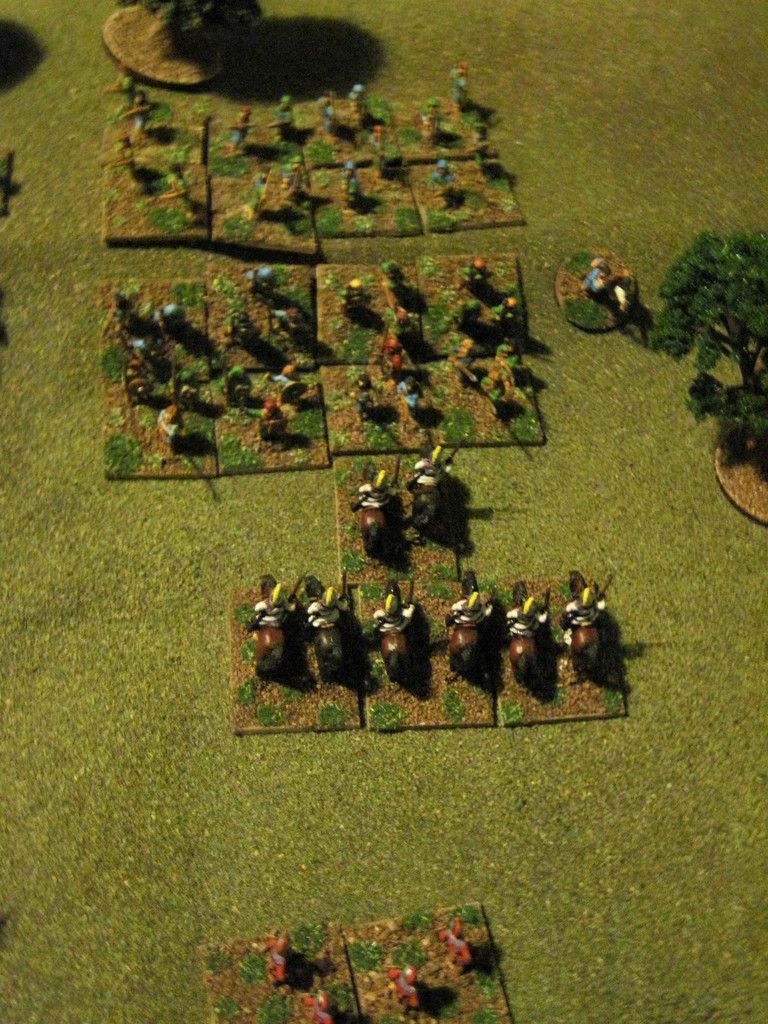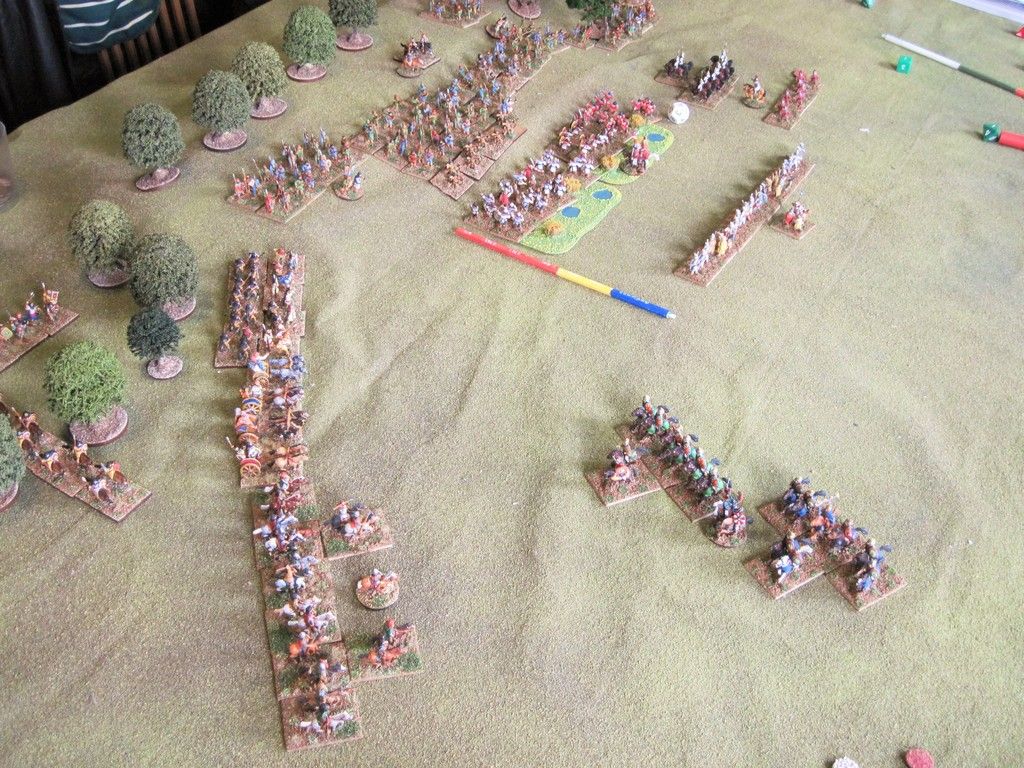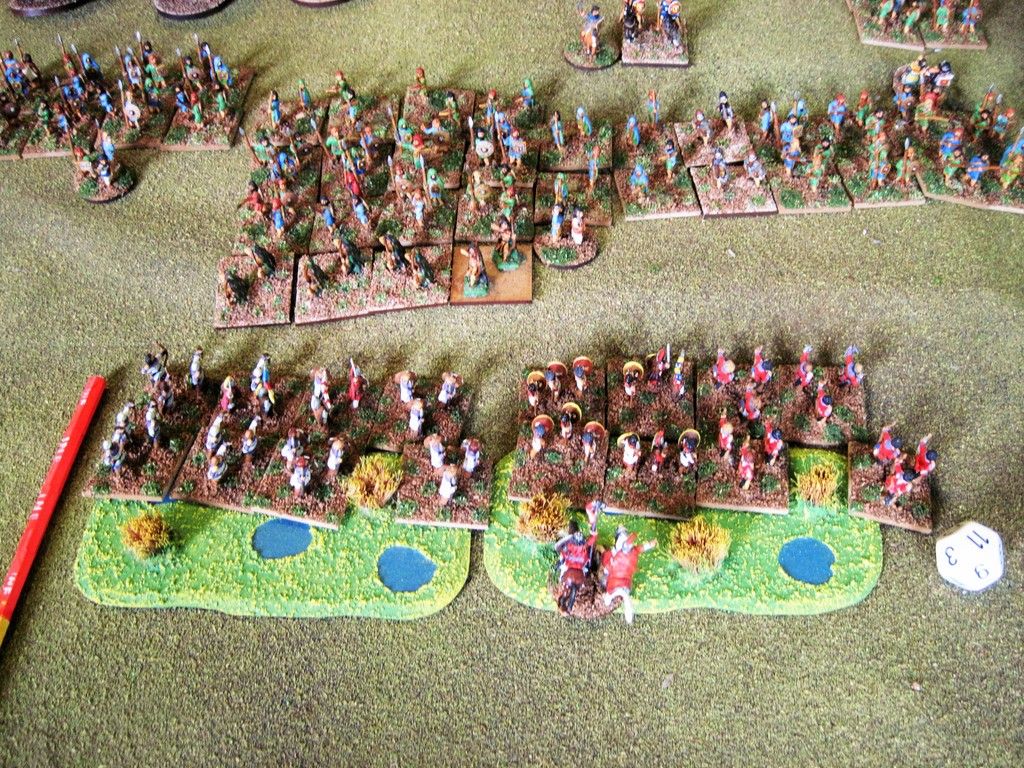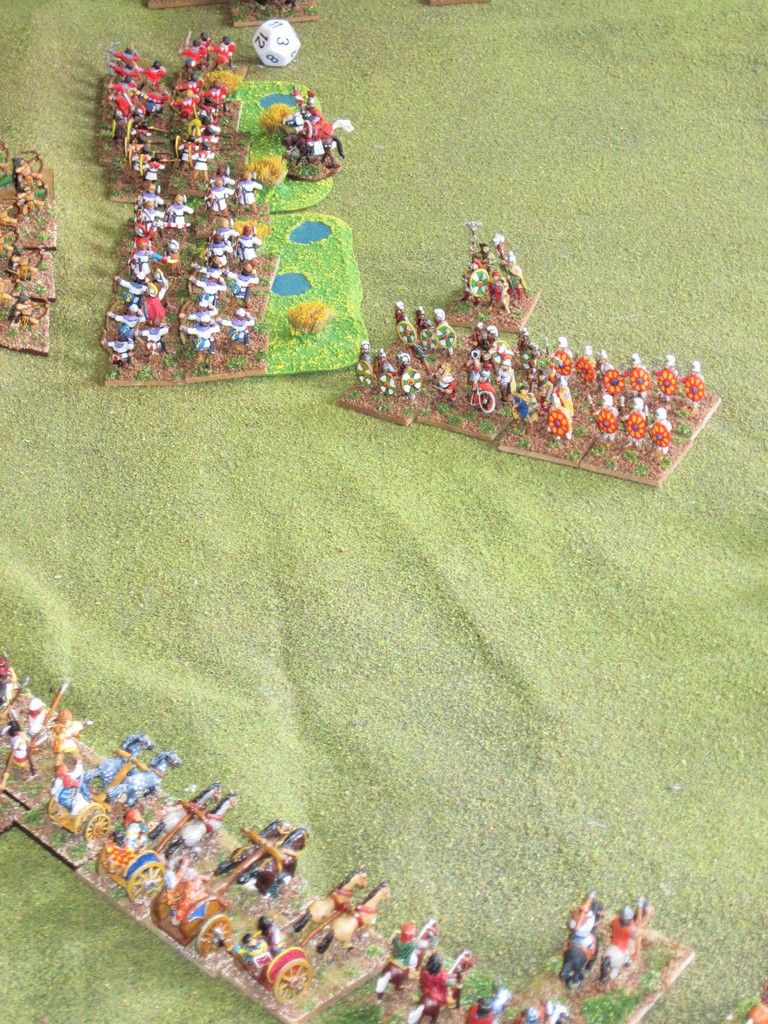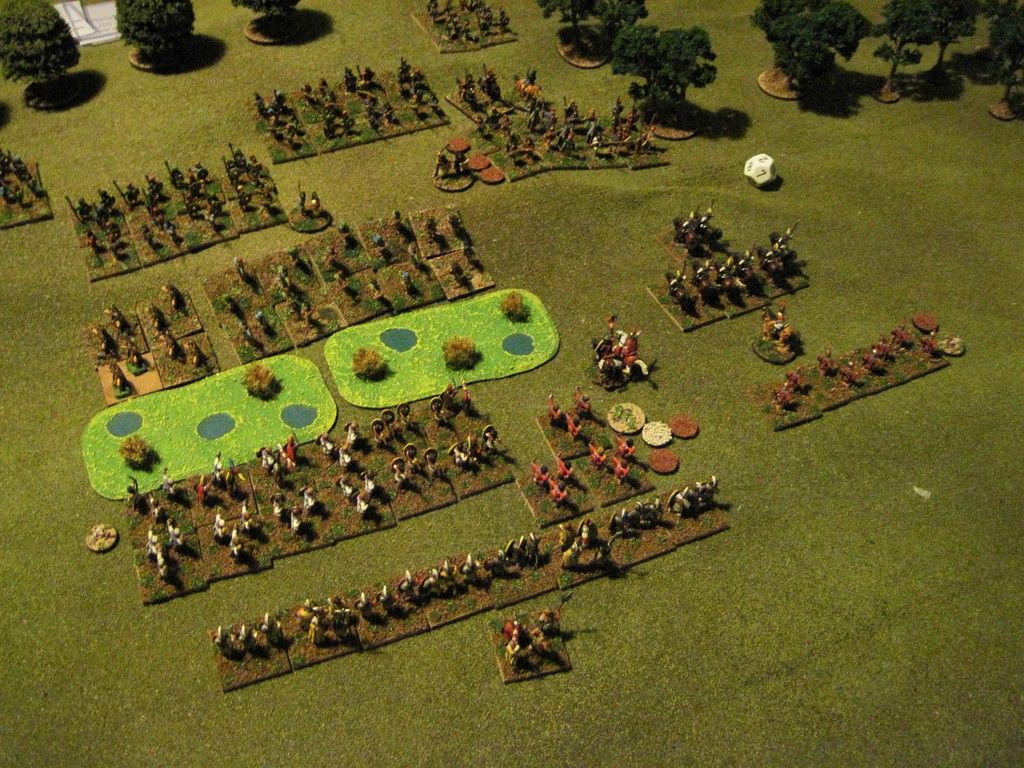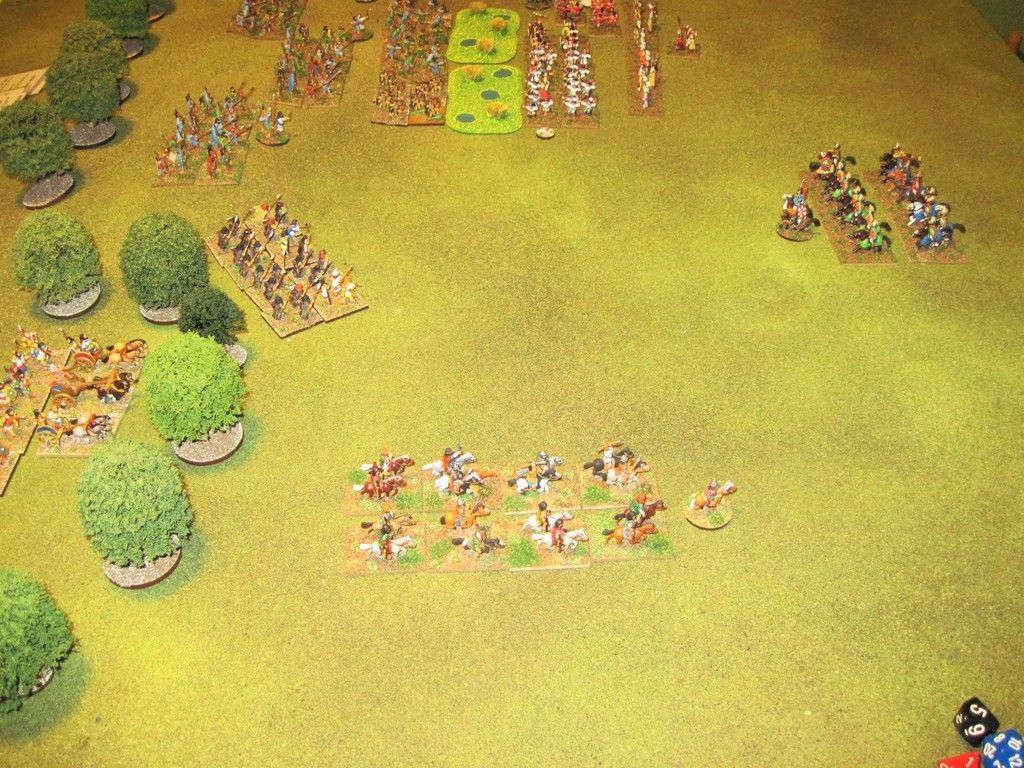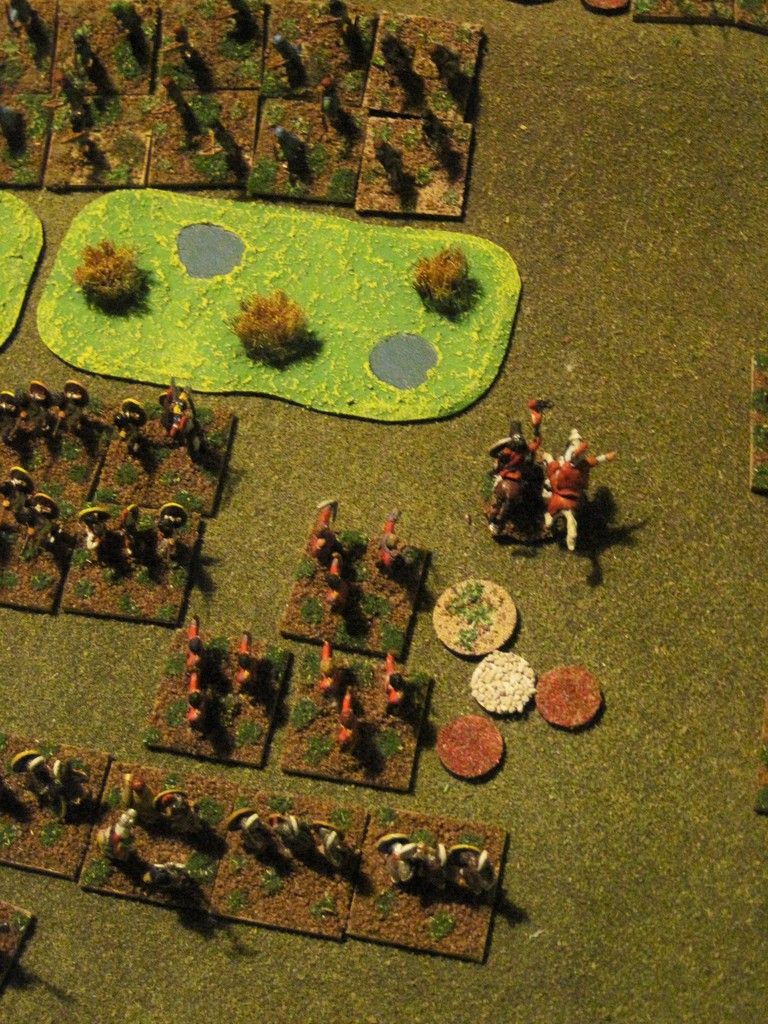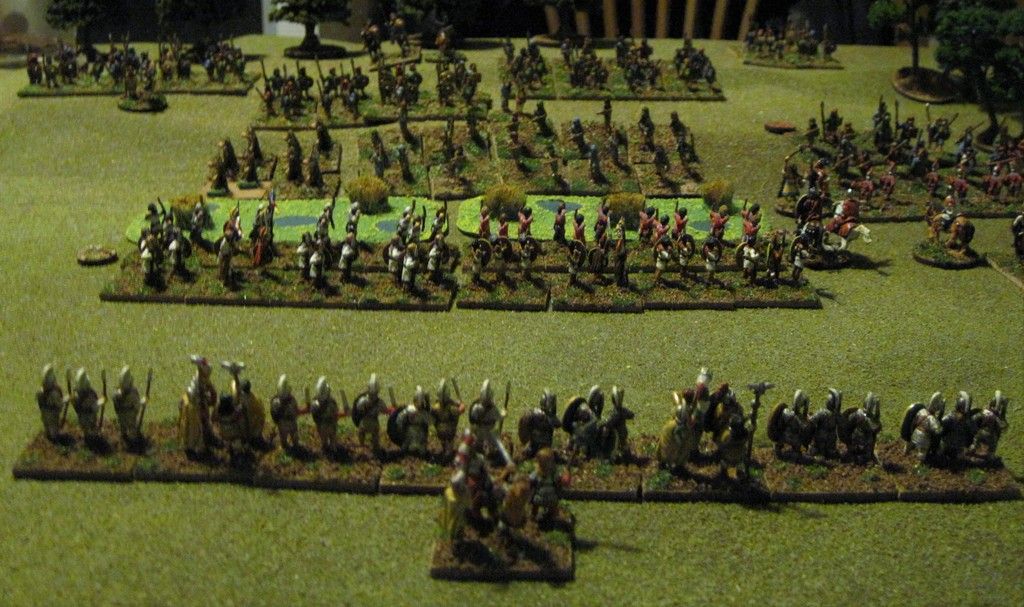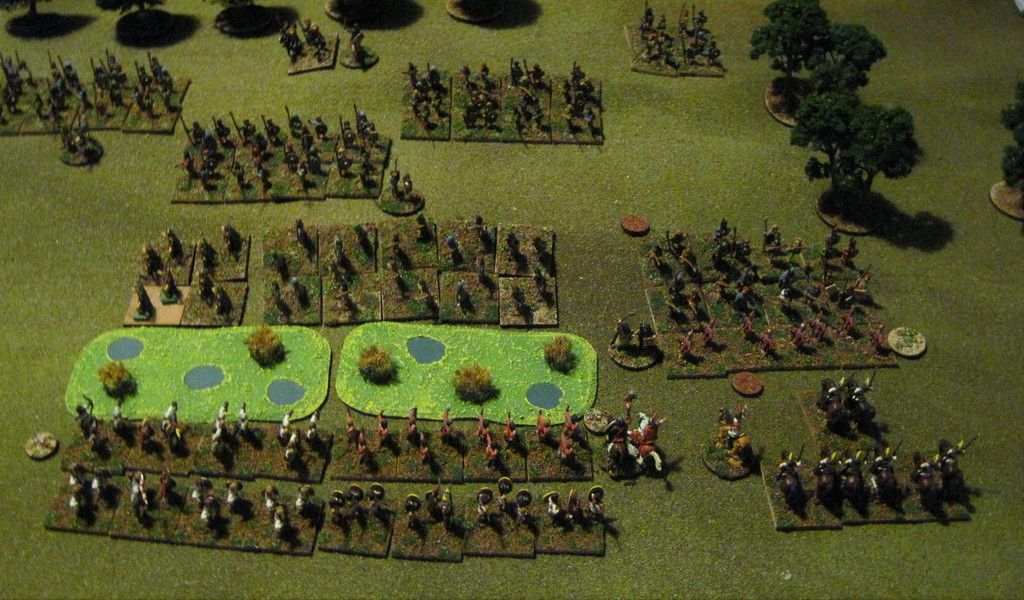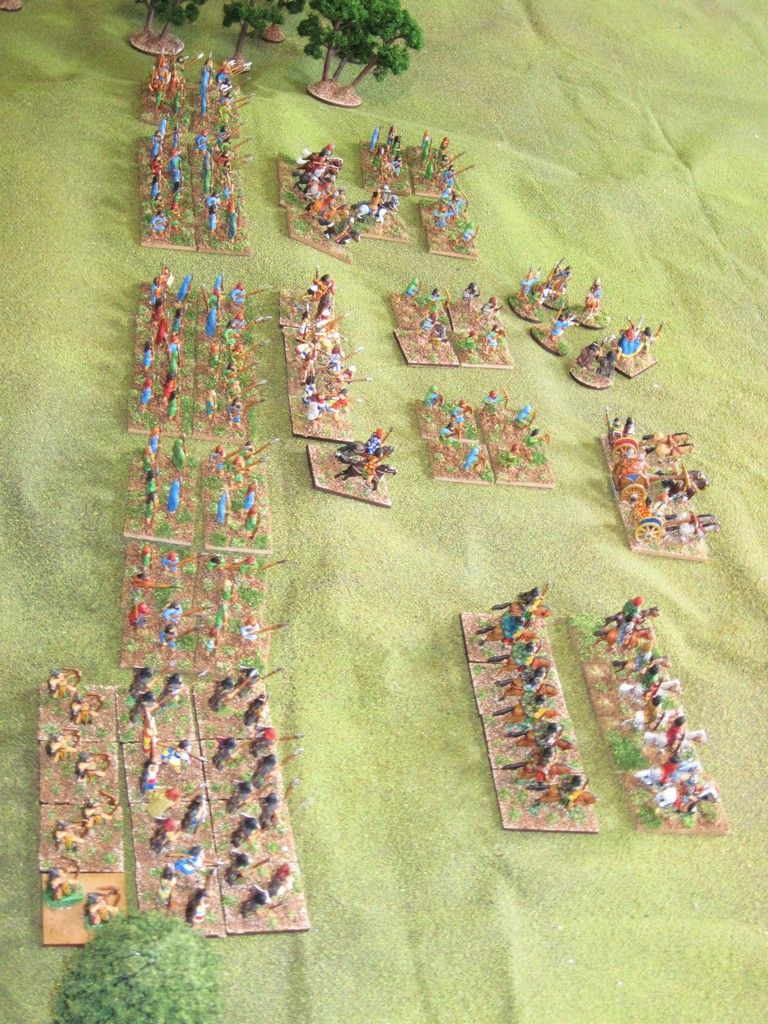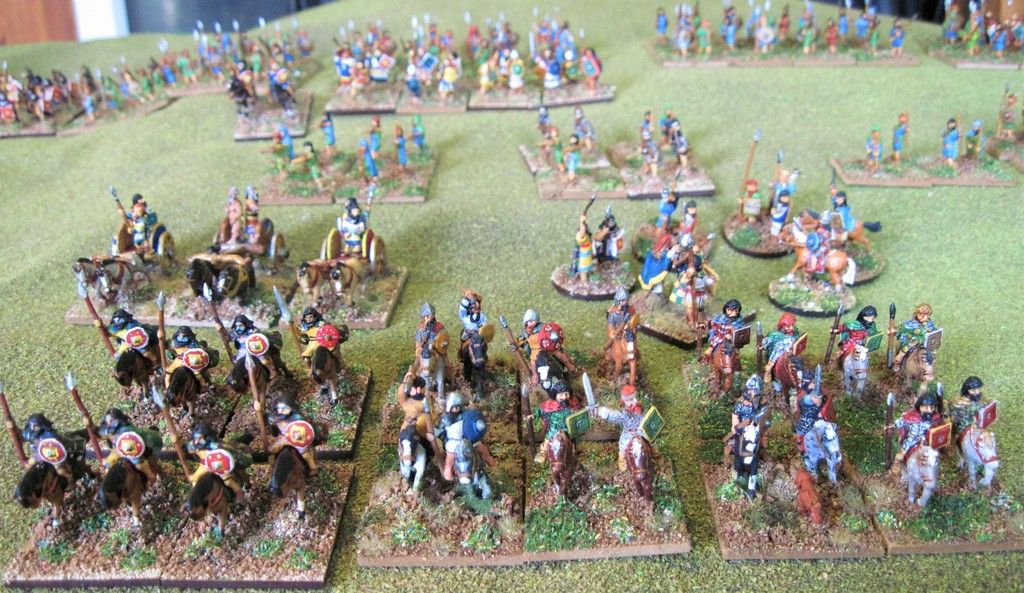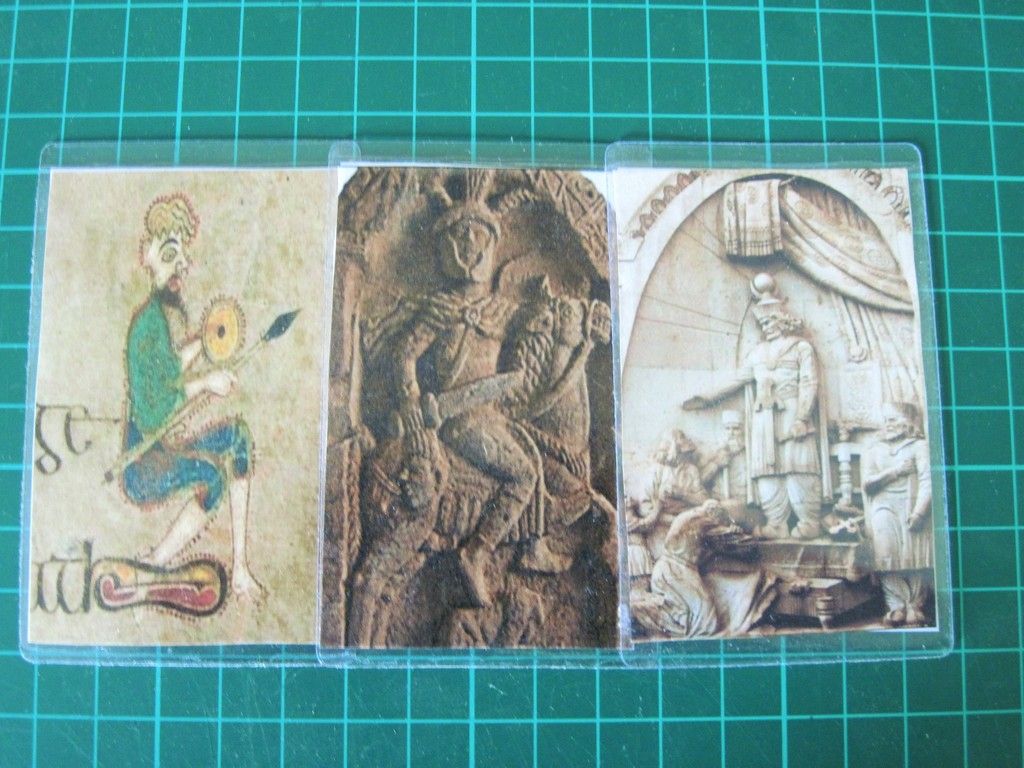One night as they lay in bed Medb said to husband Ailill I
brought more to this marriage than you did.
He is outraged and denies it. The
row escalates and soon the whole household is up as the royal couple shout for
the totality of their possessions to be assembled to settle the argument. Matters proceed apace but with each new
comparison no supremacy can be established.
Until that is, the cattle are compared.
Ailill has a bull that is indubitably better, better by far, better
beyond dispute.
Did Ailill crow? Did he chortle? Did he quietly and
provokingly say Sin E (That’s that.) and decide to go back to bed? It didn’t matter because Medb was furious and
she called her people to her and demanded they bring her a bull to match that
of Ailill and restore her loss of face.
So, the Táin Bó Cúailnge, the Irish Iliad, begins and so does a war.
Let’s deconstruct what is going on here. Our protagonists are the ruling couple of Connacht,
royal from the day of their births. From
their first spoonful of honey and cream thickened porridge they had been told
that they were without compare. First in beauty, wit and valour. By dint of family connections and personal
ability they had got to the top in a very competitive world.
It’s tempting
then, to see the incident as an overprivileged couple badly falling out over a
trifle. That would be to miss the point,
the story is entirely political.
When Medb questioned Ailill contribution to the marriage
she was instigating a challenge to the distribution of power in their kingdom. For their marriage was legally of the best
sort. Comadas and Comchenél, suitable
and equal the jurists said. The couple were equal in beauty, wit, courage and status and both of their kin groups approved the marriage. It provided for equal decision making within the
union.
Were such a marriage to be dissolved, as they often were,
then all brought to and gained by the marriage would be divided by halves. That was the law. There were of course many other less advantageous
forms of marriage.
Ailill would have been alarmed at Medb’s words. Probably he feared she had identified a
future husband which would mean a civil war in the kingdom. He had after all killed Medb’s previous
husband in single combat. Possibly his life and the prestige of his clan were
at stake. At the end of the great
counting he could relax, he had moved from equal to superior.
Not so Medb, the instigator was undone, she was no longer
an equal and had badly devalued the status of her marriage, damaging her own
clan’s prestige in the process. Ailill
could now, at least in theory, seek a wife of equal status who would be pre-eminent. To restore the balance, Medb
was willing, and more importantly able, to launch a war.
So, the story goes and stripped of embroidery it no doubt
reflects events but it’s importance lies in the world it shows us and its rules
and conventions.
As a result, the world has the Táin Bó Cúailnge that
provides a window to the Irish Iron Age, Cú Chulainn has literary and folkloric
immortality and we, well we can understand that Celtic royal women had an
agency of their own.
All of which makes me think Icenian Boudicca and her late husband
Prasutagus. I would suggest they had enjoyed
a marriage of equals. Boudicca famously led a war.
Brigantian Cartimandua and her husband Venutius also clearly
shared power and separately both of them started wars.
Cartimandua took a lover, the ‘armour
bearer’ Vellocatus - for whom the Romans thought she risked everything. Contra Tacitus, I'd say he would most likely be
another royal, albeit clearly too young to have achieved position. I'd guess he was a close kinsman of
Venutius. A nephew, if we take tradition as our guide.
Did sexual desire for a
younger man move Cartimandua to civil war?
That would not be unlikely, but the politics of maintaining the Roman
alliance would have weighed heavier. Venutius, a man pre-eminent in military skill as Tacitus
tells us, was happy enough to take Rome on and eventually did so. Cartimandua preferred not to.
Cartimandua’s fate is unknown to us, as is that of
Venutius, Vellocatus and Boudicca. Medb
and Ailill long ago passed into legend.
Yet all of them are recognisably human like us.
